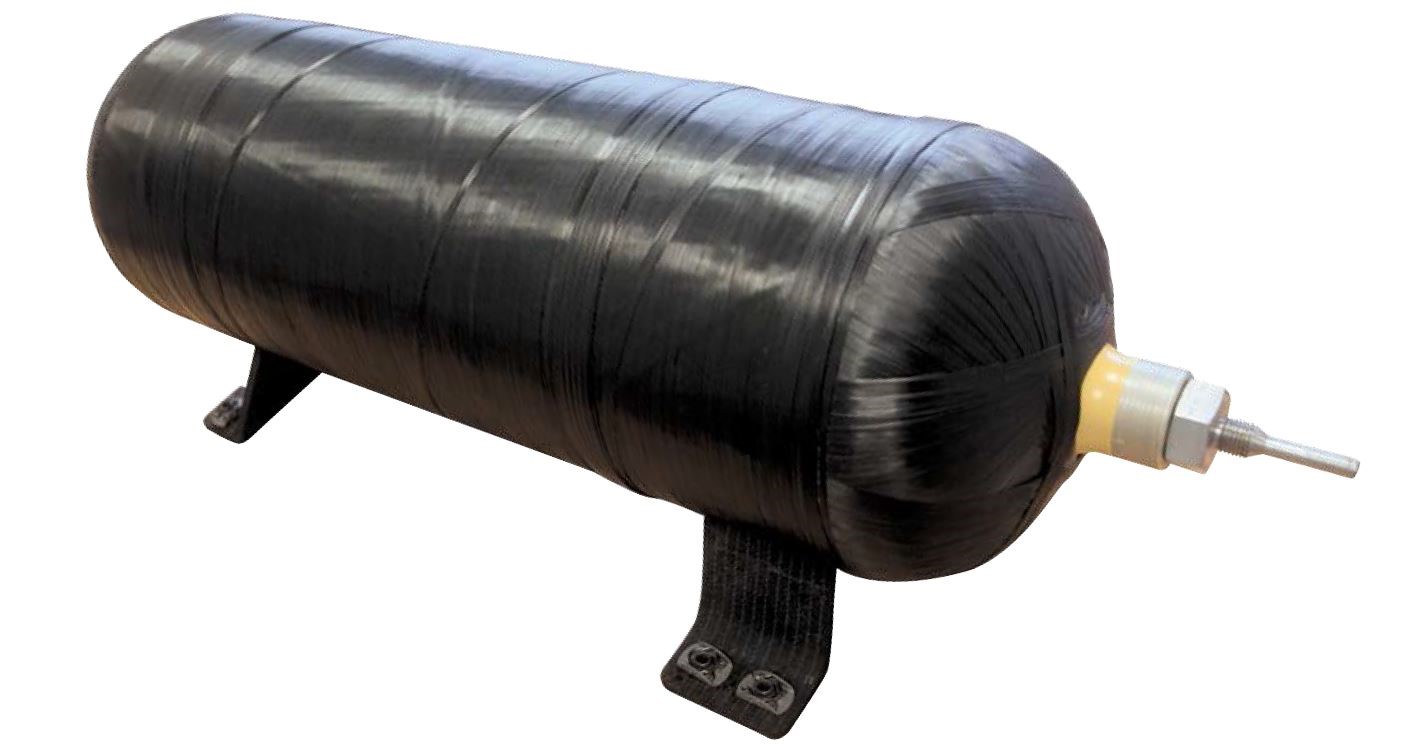
-
StatusCompleted
-
Status date2019-06-12
-
Activity Code4B.141

The objective of this project is the design and qualification of the low-cost Xenon Storage Tank (XST) that equips the platform of a 600+ LEO Constellation, plus all the associated serial manufacturing tools and processes. The role of the XST is to provide leak tight and contamination-free storage of pressurised Xenon, which is used to feed the Hall-Effect Thruster (HET).
The XST is jointly developed by Airbus DS and Stelia Aerospace Composites. Airbus DS brings the experience to design and qualify systems and equipment suitable for the space environment; Stelia brings the technological experience for composites and the industrial capability to produce at high rates.
The main challenges of this project are a very short development cycle and the adaptation of COTS parts to space quality standards.
The benefits of this product are the low recurring price and the capability to produce at high rates in order to meet the project schedule constraints
The XST is composed of a composite overwrapped pressure vessel supported by two composite mold mounting feet and a fluidic port which serves as the interface for the propulsion system pipework.
This development constitutes a big success, with a dramatic and unprecedented TRL evolution, and will set a stepping stone for future developments. Despite the challenges of the new-space, Airbus and its suppliers have known how to be pragmatic and reinvent themselves by changing long-established mindsets and by learning from each other.
The Xenon Tank qualification has been structured along three main axes:
- Qualification of serial manufacturing processes, for unit mass production.
- Environmental qualification, for unit usage in space.
- ISO certification, for unit loaded transport.
Thanks to a close collaboration between Airbus and Stelia Composites, the above points have been successfully achieved in a short timeframe, enabling the first ever production of space tanks at a high rate and an unparalleled cost.
The European competitiveness in the field of COPVs design and manufacturing has been increased, against the traditional American hegemony. Furthermore, a new player has joined the ‘space club’, and will see its flight heritage increase exponentially in the upcoming months.




